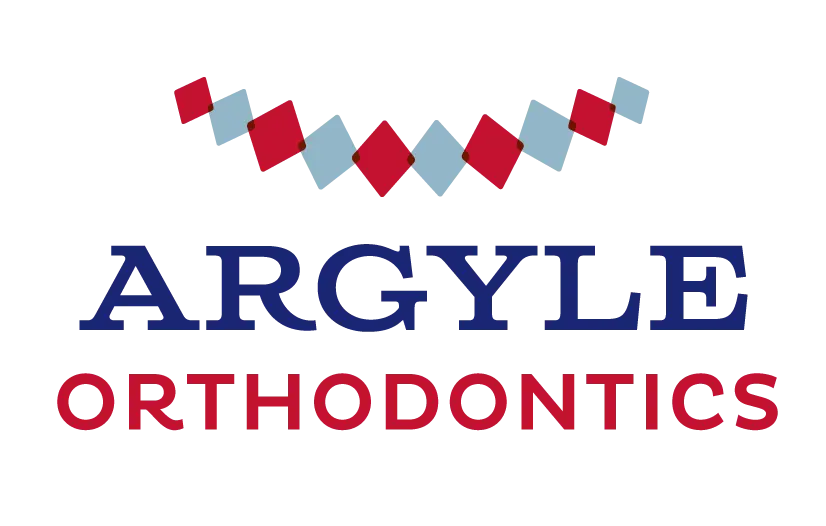Frequently Asked Questions About Orthodontic Treatment
No. As a courtesy to you and your family dentist, we will always discuss the feasibility of braces or tooth straightening without charging a fee for the initial consultation.
As a rule of thumb, we like to evaluate young patients after the 6-year molars erupt and the front permanent teeth just start to appear. This is usually between the ages of 6 and 8. The American Association of Orthodontics recommends that all children be seen for the first time by age 7.
One purpose of early evaluation is to inform and observe. At this early age, the eventual needs may be identified and discussed. Some of these younger patients can also greatly benefit from early “Phase 1” treatment.
At this earlier age, we can do a lot to help the growth of the patient’s jaws and face. There are some valuable treatments pertaining to airways, facial development, space-creation for the eruption of permanent teeth, etc. that can only be achieved when initiated for younger patients during this stage of their development. If early treatment is not indicated at this time, an observation schedule is arranged until the patient is ready to begin treatment.
The first visit can last anywhere between 30 minutes and 1 hour depending on how ready the patient is for treatment. We may just do a visual exam and explain the situation, or we may suggest one or more X-rays and complete diagnostics including impressions of the teeth with photographs to document the current position.
Yes, we do. We handle a patient transferring into our office from another city just like a new patient. We gather complete diagnostic records to show the current status and propose treatment to complete the work that has been started.
Absolutely. 20 to 25 percent of orthodontic patients today are adults. New, more cosmetic appliances are making adult treatment much more comfortable and convenient.
Phase I, or early interceptive treatment, is limited orthodontic treatment (e.g., expander or partial braces) before all of the permanent teeth have erupted. Such treatment can occur between the ages of 6 and 10. This treatment is sometimes recommended to make more space for developing teeth, correction of crossbites, overbites, and underbites, or harmful oral habits. Phase II treatment is also called comprehensive treatment because it involves full braces when all of the permanent teeth have erupted, usually between the ages of 11 and 13.
Braces use steady gentle pressure to gradually move teeth into their proper positions. The brackets that are placed on your teeth and the archwire that connects them are the main components. When the archwire is placed into the brackets, it tries to return to its original shape. As it does so, it applies pressure to move your teeth to their new, more ideal positions.
Treatment times vary on a case-by-case basis, but the average time is from 1 to 2 years. Actual treatment time can be affected by rate of growth and severity of the correction necessary. Treatment length is also dependent upon patient compliance. Maintaining good oral hygiene and keeping regular appointments are important in keeping treatment time on schedule.
The placement of bands and brackets on your teeth does not hurt. Once your braces are placed and connected with the archwires, you may feel some soreness in your teeth for 1 to 4 days. Your lips and cheeks may need 1 to 2 weeks to get used to the braces on your teeth.
No. However, we strongly recommend that patients protect their smiles by wearing a mouthguard when participating in any sporting activity. Mouthguards are comfortable, and we are happy to provide our patients with the appropriate mouthguard.
No. However, there may be an initial period of adjustment. In addition, brace covers can be provided to prevent discomfort.
An orthodontist is a dental specialist who graduated from dental school first, just like a general dentist. To become an orthodontist, the doctor then completed at least 2 more years of full-time residency training in orthodontics resulting in a nationally accepted specialty certificate. The orthodontist then limits their practice to straightening teeth and dentofacial orthopedics.
In order to have early and late appointments available for the majority of patient appointments, some procedures need to be accomplished during the hours of 9 and 3. We will do our best to work with your schedules and accommodate your family’s needs.
Yes, our contact information for emergencies is posted on the website. Feel free to visit our emergency care page for more information.
Yes. We recommend that our patients wear their retainers at least 12 hours per night for the first few months after treatment has been completed, followed by nighttime wear indefinitely.
Teeth move throughout life whether you have worn braces or not. It is part of the natural aging process. This is why retainer wear is recommended indefinitely to maintain your orthodontic results throughout your lifetime.
Contact Us
101 Old Town Boulevard South, Suite 103,
Argyle, TX, TX, 76226
Email: info@argylebraces.com
Phone: (940) 240-5400
Working Hours
MON8:00 am - 1:00 pm
TUE7:30 am - 5:00 pm
WED7:30 am - 5:30 pm
THU7:30 am - 5:00 pm
FRIBy appointments only
SAT - SUNClosed



